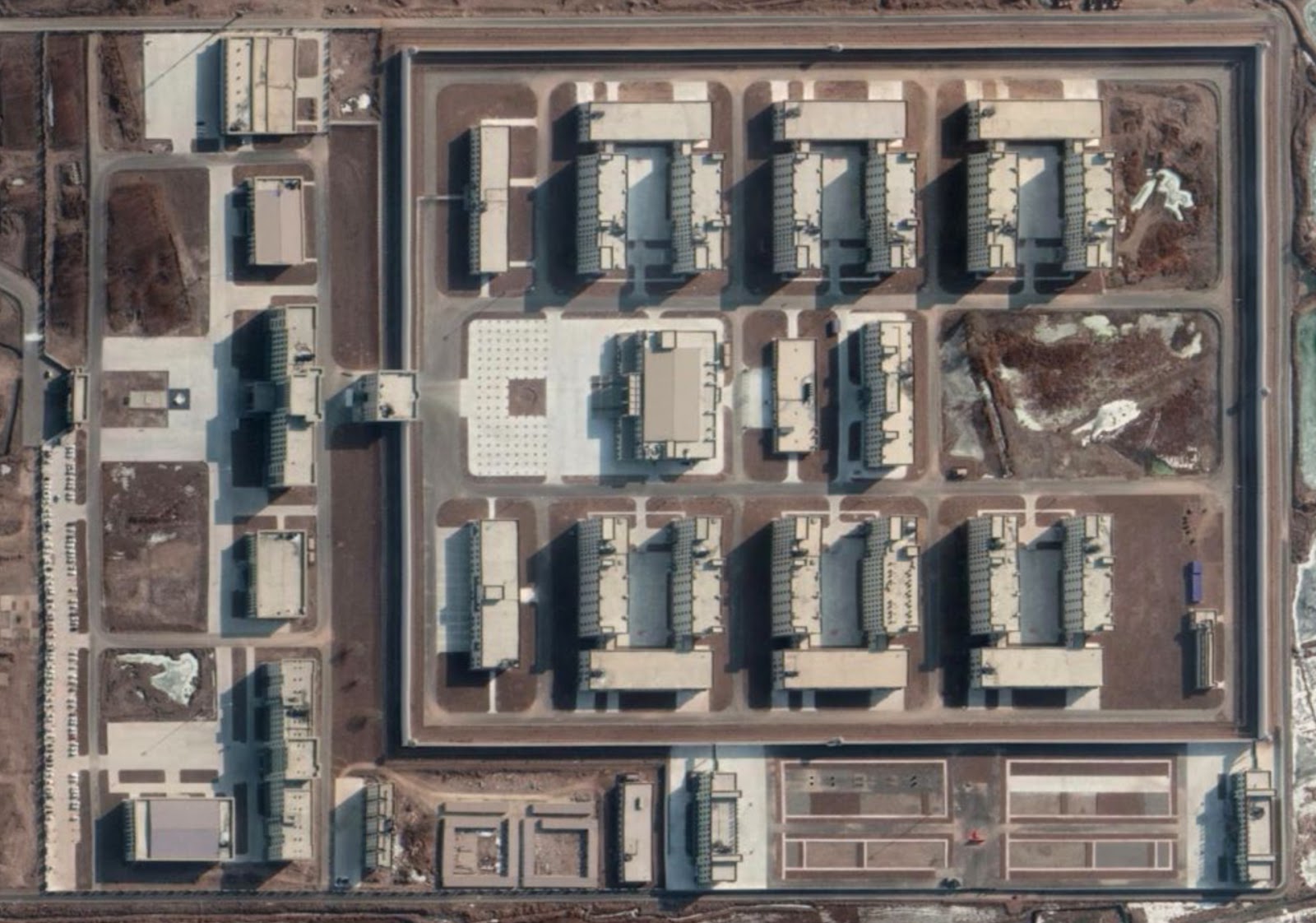380 detention camps identified in Xinjiang, showing continued mass incarceration
Even as Beijing claimed that Uyghurs in camps had all “returned to society,” construction of massive detention facilities in Xinjiang continued. A new report by the Australian Strategic Policy Institute identified 380 detention camps, some of which are new and have upgraded security.

In the summer of 2019, after intense international criticism over the largest mass detention of an ethnic minority since World War II, officials from China’s Xinjiang region began to tell a new story: The camps are nearly empty. By December that year, Xinjiang governor Shohrat Zakir claimed that “all” of the Uyghurs and other ethnic minorities had “completed their studies” and “returned to society.”
Meanwhile, construction of new camps continued. And while a handful of lower-security detention facilities do appear to have been decommissioned, higher-security, prison-like compounds are more numerous in Xinjiang today than ever.
That is the finding of Nathan Ruser and the Australian Strategic Policy Institute, in a new report: Exploring Xinjiang’s detention system. Over the course of two years, Ruser and other researchers compiled the “world’s most comprehensive database” of Xinjiang detention facilities, and the findings are open-source and available for download.
Details from the new report:
- In total, 380 camps are visible on satellite imagery — over 40% more than previously identified. An investigation published last month by BuzzFeed located 268 detention compounds.
- “At least 61 detention sites have seen construction and expansion between July 2019 and July 2020. This includes at least 14 facilities still under construction in 2020, according to the latest satellite imagery available.”
- Nighttime imagery was used to identify many of the new camps. Ruser compared nighttime lighting from early 2017, right before the construction of the camps began, with more recent light maps. Many of the lit points were “newly constructed detention facilities,” distinguishable from other large public compounds like schools by features such as high walls, watchtowers, and barbed-wire fencing.
- Security appears to have been upgraded: While some camps appear to have been desecuritized, and eight camps “show signs of decommissioning,” these were generally lower security facilities to begin with. Meanwhile, “about 50% of the camps that have undergone expansion and construction in the past year are higher-security facilities.”
The increased security, Ruser says, while not conclusive, “fits with reporting and survivor testimony that suggests a significant number of detainees that have not shown satisfactory progress in political indoctrination camps have been transferred to higher-security facilities, which expanded to accommodate them.”
Expanded incarceration in Xinjiang is also indicated in official data and anecdotal reports, according to the New York Times:
- Xinjiang officially “sentenced 230,000 people to prison or other punishments in 2017 and 2018, far more than in any other period on record for the region,” and in an early sign of more recent incarceration, “prosecutors indicted 96,596 people for criminal trial in 2019.”
- Elise Anderson, a researcher with the Uyghur Human Rights Project, told the NYT that “growing numbers of Uyghurs abroad report having learned of relatives being sentenced to prison terms of five, 10 or even 15 years.”
What does this all mean?
The push to lock up Uyghurs and other Turkic Muslims, replace their religious ethnic identity with secular Chinese patriotism, and make use of their coerced labor continues unabated.
The latter two parts of that, if not the extralegal detention and incarceration part, also appear to be present in a mass labor and ideological education program in Tibet, recent reports indicate. Together, the developments in Xinjiang and Tibet indicate that Beijing sees success in its ethnic policy, by its own internal metrics, and is unlikely to change course for now.
See also an op-ed by Ruser in the Guardian: There is now more evidence than ever that China is imprisoning Uyghurs.






